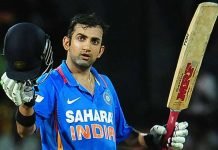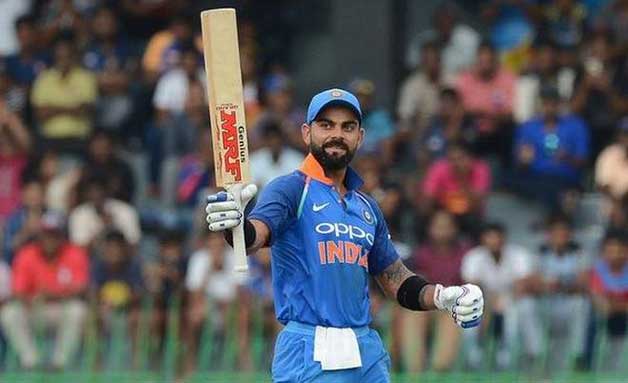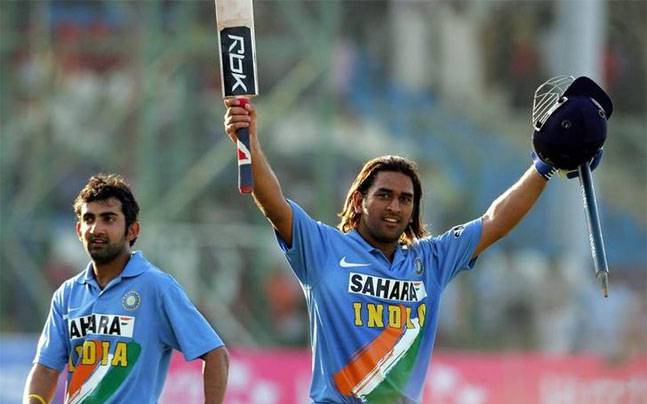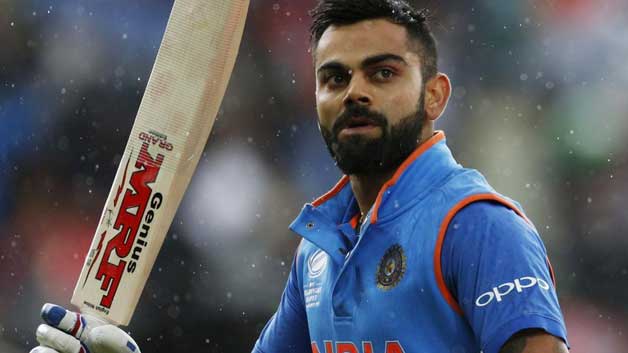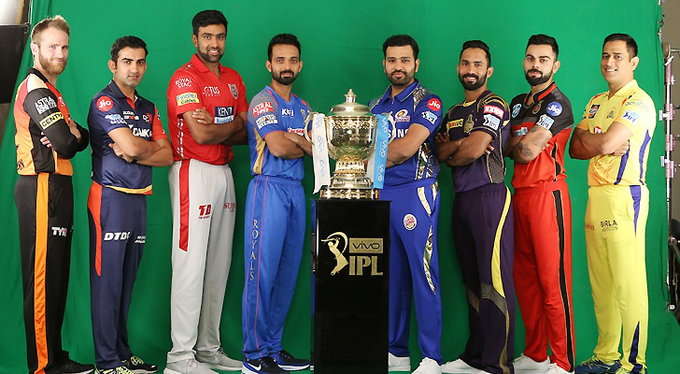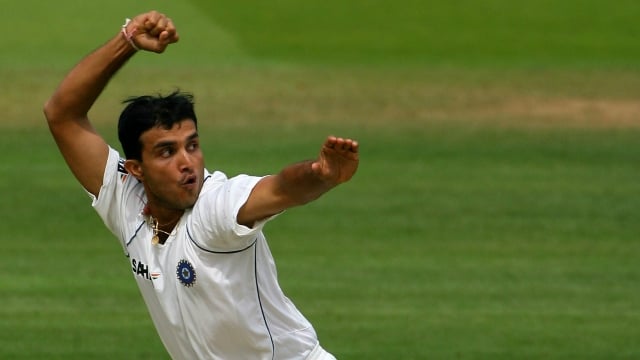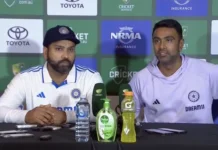It takes a simple reading of this article to know about cricket. What is Cricket? Let’s find out with some fair bit of reading. Simply explained is the game of cricket and the three formats/ways in which it is played. Welcome cricket in your life, read about cricket.

What is Test Cricket – About Cricket
About Cricket-Cricket is a game of bat and ball played between two teams where each team consists of eleven players. The game takes place in a playground which has a 22-yard pitch on which ‘batting’ and ‘bowling’ takes place. Each team bats or bowls first and then the opposite team follows. The team batting first sets up a target for the other team which has to be overcome. Cricket is currently played in three different formats all recognized by the ICC (International Cricket Council), which is the highest governing body for the game.
The three formats are:
1. Test Cricket (played over 5 days, 2 innings each side, around 90 overs in a day if the light permits, floodlights rarely used)
2. One Day Cricket or ODIs i.e One Day Internationals(1 day and 50 overs each side)
3. T20 or Twenty-Twenty Cricket (20 overs each side, shortest format)
You need to understand these three formats properly in order to learn more about cricket. If you know these three formats, you know quite a lot about cricket. There are other aspects of the game which are an important part of learning about cricket. Let’s go over a few important ones quickly-
1. Wide Ball- In ODIs, if you ball anything outside the leg stump i.e. outside the stump behind the batsman’s leg, it is considered a wide ball. Bowlers tend to drift down the leg and have to pay the penalty. The reason behind this is that the bowler must bowl within a region from where the batsman can make contact with the ball. Wide balls on the offside are a bit relaxed. There is a white mark on the pitch which helps the umpire (who supervises over the game and ensures that the game is played as per the rules and the spirit of the game is maintained) decide whether a particular delivery is too wide to play or not.
In Test cricket, however, bowlers are allowed to bowl far and wide. This is to lure the batsman into playing a shot and getting an outside edge. As Test matches go on for five days, this adjustment gives the bowlers a chance to pick wickets. Even a few deliveries down the leg are considered legit. But if the bowler bowls wide on a consistent basis even in a Test match, then the umpire can call it a wide.
2. No Ball- The bowler has to bowl from a fixed distance. The bowler cannot cross the white line on the pitch. If the bowler’s foot crosses the line, the umpire can call it a no-ball. The umpire can even ask the third umpire (the third umpire uses television replays in slow motion from different angles to take a decision) in case he feels the bowler may have crossed the line. A no ball gives he batting team one extra run. Also, the bowler has to bowl that delivery again. In a T20 match, the no ball gives the batting team two runs and a ‘free hit’. A free hit means that on the next delivery, the batsman can only be run out. It means that the batsman can bat ‘freely’ and even if he is bowled out or caught in the outfield, he won’t be declared out. He can only be stumped behind the wickets by the wicket keeper or can be run out by a fielder while attempting to take a run.
3. Run Out If a batsman attempts to take a run and the fielder hits the stumps before the batsman crosses the crease, the batsman is adjudge ‘run-out’. He has to leave the ground. The fielder can also throw the ball to the wicket-keeper or some other fielder waiting at the stumps and they can dislodge the bails on the stumps to dismiss the batsman. Batsmen are usually run out while trying to steal quick singles or while trying to convert singles into doubles i.e. two runs instead of one.
Cricket is played all around the world and is even worshipped as a religion in countries like India. Cricket stadiums across the world are filled with memories of one of the greatest cricket matches. Test cricket matches hold most of the precious memories to be honest.
What is Test Cricket? About Cricket
Test cricket is the longest format of the game. Test cricket is played over five days where both the teams bat and bowl twice. It is possible that in a Test cricket match , a team might need to bat only once. But then, it will have to bowl twice.
Test cricket works in a pretty simple way, but things get complicated once a Test cricket match faces twists and turns. Normally, in a Test cricket match, the team batting first tries to score as many runs as possible before it is bowled out or decides to ‘declare’ the innings. The team batting first can declare whenever it wants to, at any score in a Test cricket match. Then, the opposition comes out to bat and tries to overcome the total of the team batting first. If they manage to overhaul the score set by the team batting first, they can continue to play and take what is called a ‘lead’ in a Test cricket match. Once they take a lead, they can either declare whenever they want or continue playing till they are dismissed.
Although, in case the team batting second falls short of the total of the team batting first, then they ‘trail’. If they fall short by ‘x’ runs in a Test match, it is said that the team trails by x runs. If the team trails by 200 or more than 200 runs, then the team batting first can ask the team batting second to follow on i.e. come out to bat again.
For example, if in any Test cricket match between India and Australia, India score 665/6 and declare their innings asking Australia to come out to bat. Australia come out and are dismissed or bowled out for just 365. This means that Australia trails India by 300 runs in the Test cricket match. Now India can either come out to bat and add more runs to the 300 runs or they can ask Australia to ‘follow’ on.
When Australia is following on, they come out to bat and try to get rid of the 300 runs first and then score more runs to set a target for India.
Now if Australia scores, let’s say, 290 or anything short of 300, then India wins the Test cricket match by the margin of runs and an innings. An innings because they didn’t have to bat twice, hence they saved an innings as well.
But if Australia manages to score 301 or more, then India will have to come out and chase the target down in order to win the Test cricket match.
Now one important thing, it is possible that Indian batsmen bat all five days and score some 2000 runs and the Test cricket match will then be a ‘draw’. It is also possible that Australia manage to score more than 665 (say 765) and then dismiss India for just 90 runs and win the match by an innings. It is also possible that we have a proper Test cricket match, where Australia score around 500 and then India comes out to bat and scores some 300 and then Australia try to chase down the target set by India.
Test cricket matches are a test of character and temperament. It is believed that only the best cricketers in the world are able to survive the format. It is only after playing Test cricket and succeeding in it that a cricketer is called a ‘true’ cricketer. Test cricket has seen giants in batting –Bradman, Gary Sober, Sachin Tendulkar, Dravid, Jayasuriya, Brian Lara, Ponting etc. and even in bowling – Akram, Walsh, Muralidaran, Kumble, Warne etc.
ODI Cricket – About Cricket
In an ODI, the two teams bat and bowl only once. The team batting first sets a target and the team batting second has to overhaul the target. Each team is given 50 overs to bat and bowl. Each bowler can bowl a maximum of ten overs. If the bowler crosses the bowling crease drawn on each side of the pitch, it is considered as a no-ball. In case of a no-ball, a free hit is awarded to the batsman where he can only be dismissed through a run out or a stumping.
ODIs usually end with a result unless hit by rain or when play is stopped due to poor light. One Day Internationals see a lot of runs and lot of fun and excitement as players play in colored jerseys and at times the matches are Day-Night or D/N in nature i.e. the match goes on at night with the floodlights on. ODIs are recognized as a revolutionary concept when talking about cricket.
T20 or Twenty-Twenty Cricket – About Cricket
T20 Cricket is one of the shortest and one of the most exciting and thrilling formats of the game of cricket. You must understand this popular format if you wish to learn about cricket. In this format, the two teams are given twenty overs each and the game is on. The team with the higher number of runs towards the end is the winner. One of the most famous and high-action packed T20 cricket tournament in the world is the IPL or the India Premier League which is held in India and sees cricketers from around the world playing against each other for regional teams of India.
Well, that’s all when it comes to about cricket. This much should help you all sit comfortably between those mad cricket fanatics in your family/group etc. We hope you did learn something about cricket. Ask questions about cricket in the comments section below please.


